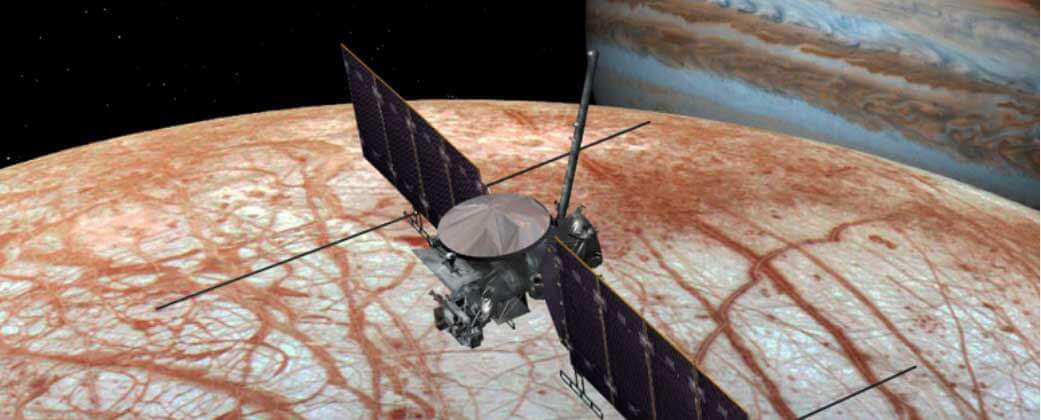Integrating system models with simulation improves design quality and engineering productivity

Executive Summary
- Industry: Any
- Products: ModelCenter Integrate , ModelCenter MBSE
- Applications: MBSE: Model Based Systems Engineering
- Model-based system engineering (MBSE) is increasingly being used to align people, processes and technologies around a single vision of the product
- Simulation has become a near-universal tool to evaluate the performance of design alternatives and make critical decisions that affect production functionality, cost, and other design objectives
- The current disconnect between system modeling and simulation runs the risk of misalignment between the product vision and design decisions, resulting in errors that are expensive to correct if they are not identified until the later stages of the design process
- Phoenix Integration eliminates this disconnect by integrating SysML system models with virtually any simulation or simulation workflow, helping to ensure that the product vision is always in synch with the underlying engineering analysis
- The result is a dramatic improvement in design quality from the earliest stage of the product development process which increases productivity by streamlining communications within the design organization and reducing the need for expensive rework in the later stages of the design process
Background
The advent of Model Based Systems Engineering (MBSE)
In traditional product development, documents are the authoritative source of information concerning the requirements, specifications, constraints and architecture of the product design. A limitation of this approach is that the documents are not connected to one another so it’s easy for them to become outdated or even contradict one another. Model Based Systems Engineering (MBSE) replaces these documents with models that maintain a consistent overall representation of the system, enabling stakeholders to visualize and fine-tune product specifications earlier in the design process with a higher level of precision. A study by American Technology International concluded that MBSE delivers a 55% reduction in total development costs compared to traditional document-based methods.
Figure 1 – Model Based Systems Engineering (MBSE) replaces these documents with models that maintain a consistent overall representation of the system, enabling stakeholders to visualize and fine-tune product specifications earlier in the design process with a higher level of precision.
Challenge
Errors caused by disconnect between system modeling and simulation
Today, different and unconnected systems are used for system modeling and simulation. This creates the risk, especially on large projects, that as the product vision evolves, mismatches will be created with the simulations used to define and validate that vision. The risk is exacerbated by the fact that system modelers, analysts specializing in simulation, and engineers specializing the various disciplines involved in the design, all tend to focus on their own challenges and are often unfamiliar with the tools and terminology used by other members of the design team. So, for example, the system model might change while the simulation process may proceed using an earlier set of assumptions. Or the product architecture might be developed in a certain direction despite simulation results demonstrating its lack of feasibility. In larger projects with many different contributions huge amounts of time are often spent with meetings and emails trying to keep the entire project in synch. But it’s easy to overlook the potential for errors caused by disconnects that are very expensive to correct if they are not identified until late in the design process.

A study by American Technology International concluded that MBSE delivers a 55% reduction in total development costs compared to traditional document-based methods.
Solution
Phoenix Integration’s MBSEPak integrates system models developed with IBM’s Rhapsody or No Magic’s MagicDraw with virtually any simulation or simulation workflow or any other model contained within the ModelCenter framework. MBSEPak extends the SysML system modeling language so that a SysML parametric diagram can easily be connected to a simulation or workflow hosted by ModelCenter.
Figure 2 – Phoenix Integration’s MBSEPak integrates system models developed with IBM’s Rhapsody or No Magic’s MagicDraw with virtually any simulation or simulation workflow or any other model contained within the ModelCenter framework.
Benefit
The integration of system modeling with simulation delivers the following benefits:
- Ensure that simulations are based on the latest version of the product vision
- Automatically generate analysis models from the system model
- Identify and correct potential problems early in the design lifecycle when this can be done at a relatively low cost
- Increase design productivity by automating the flow of information between system modelers, analysts and discipline engineers
- Linking the system model to simulation makes it possible to define the requirements in more complete, unambiguous and verifiable ways
- When the product vision changes, the integration can be used to instantly highlight what simulations need to be rerun to optimize and validate the new product vision.
- Give system modelers the ability to more quickly evaluate the impact of changes in the product vision on product attributes such as performance and cost
- Reduce the risk of the product development process by reducing the possibility of errors that can result in cost overruns and delays
- Improve design quality by providing more rigorous traceability between requirements, design and engineering analysis